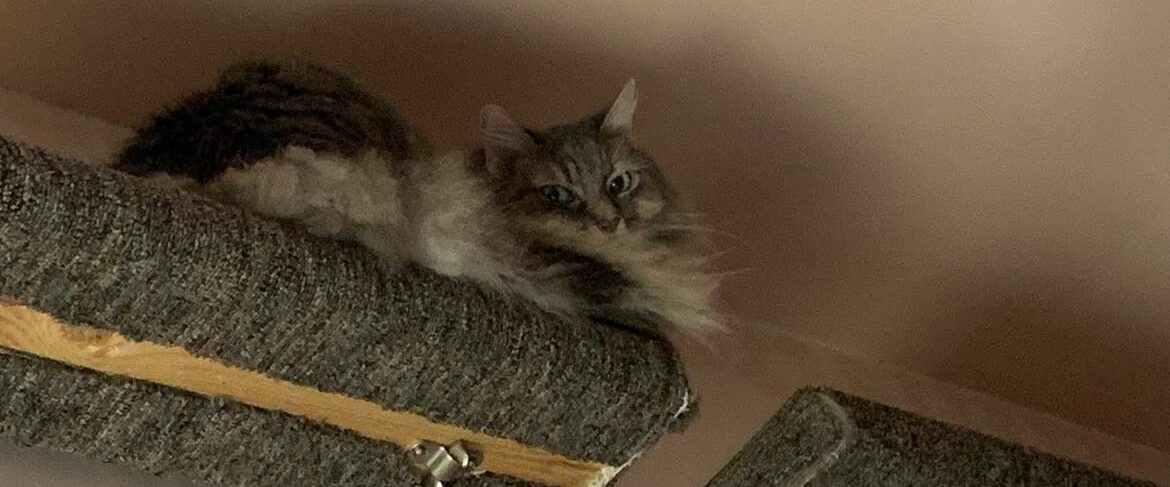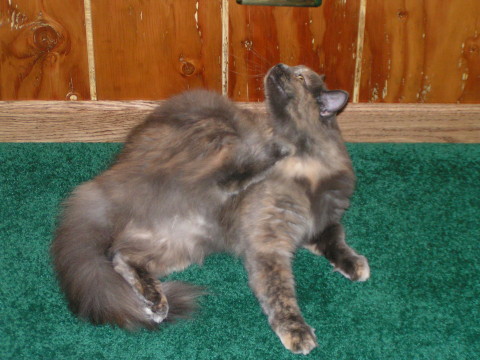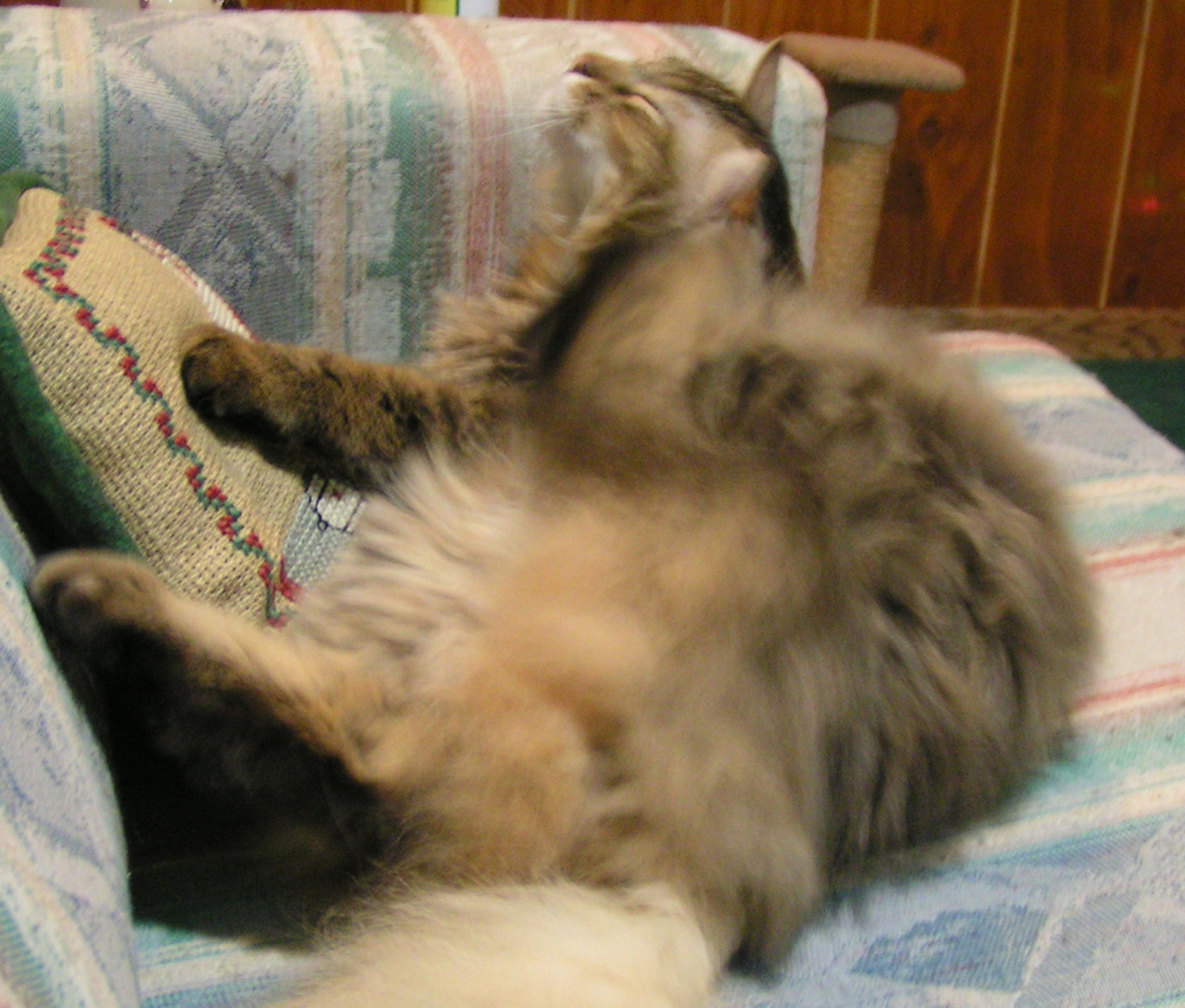Cats shed, and generally, shedding is normal. The fur that you find on your clothes and furniture is all dead fur, and it sole purpose is to make it so the vacuum cleaning companies make money off of models that are pet-hair friendly. However, not all shedding is normal. Sometimes, cats’ fur falls out at much greater rates than it should. When you see your cat’s fur falling out, it could be a symptom of any number of problems.
Your cat’s fur falling out could mean anything
Normal grooming routines won’t cause your cat’s fur to fall out in clumps. Your cat’s fur falling out could mean that she’s allergic to something, including medication and food; materials such as rubber, plastic, wool, dye, or chemicals in carpet cleaners; diabetes and hyperthyroidism; and parasites like fleas, ringworm and more, can all be reasons your cat’s fur is falling out.
Sometimes, you see your cat’s fur falling out because of stress and anxiety. PetMD says that cats who are overstressed, or overanxious, groom excessively. Oftentimes this grooming is on the belly, the sides and the legs. Some cats, like Chase, will actually yank their own fur out; Chase pulls out the fur from the base of his tail when he’s feeling especially stressed. This is also something that your vet can diagnose, by ruling out other causes.
What to do when you see your cat’s fur falling out
The first thing you should do is take your cat to the vet. Your cat’s fur falling out is, as stated above, a symptom, possibly of something serious. Your vet will probably take some skin scrapings, and look for things like rashes and other marks that can indicate the problem.
This will also help your cat sooner, rather than later, because you probably won’t be engaging in a lot of trial and error to diagnose the problem on your own. When you see your cat’s fur falling out, you might also notice a lot of discomfort. You might see her scratching and biting the itchy spots, particularly if the problem is a parasite.
Basically, your cat’s fur falling out can be a symptom of something serious, so it’s best to get her into the vet as soon as you see the problem. The sooner it’s diagnosed, the sooner you can treat it, and the sooner your cat will feel better.




